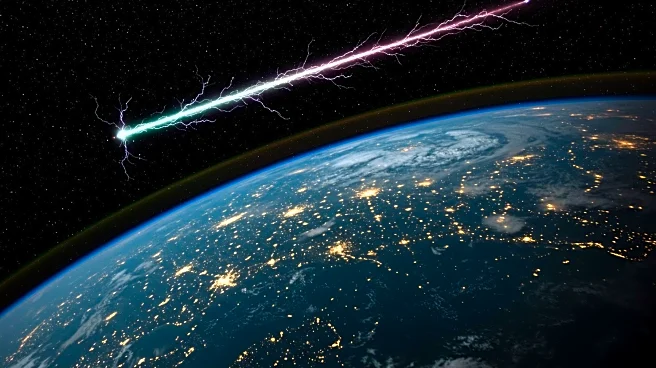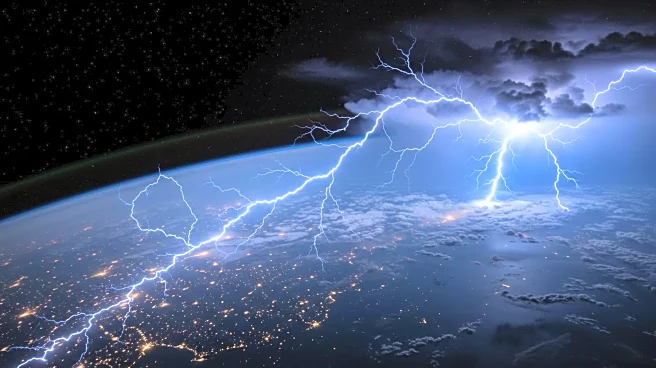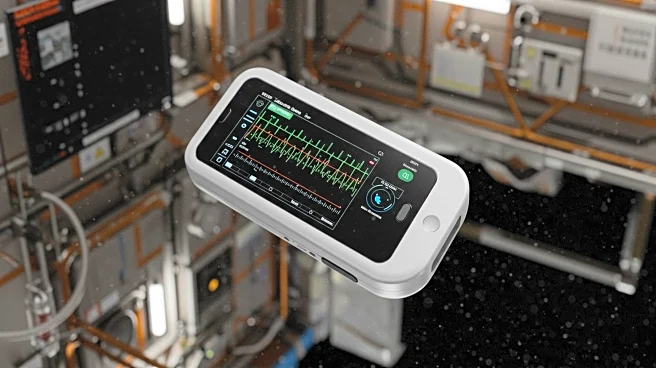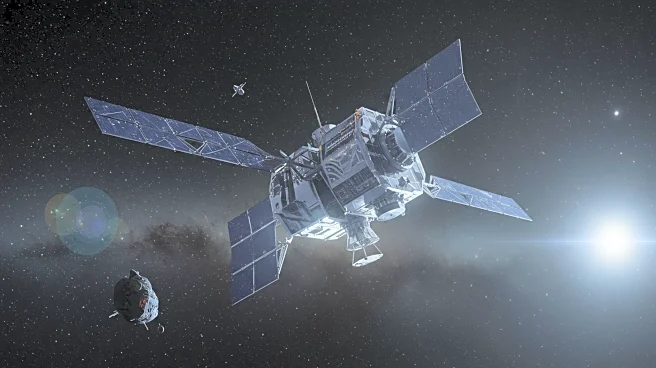What's Happening?
NASA astronaut Nichole Ayers, aboard the International Space Station, captured a rare image of a 'gigantic jet,' an atmospheric electrical discharge that extends from thunderstorm tops into space. This phenomenon, known as a Transient Luminous Event (TLE), is seldom observed due to its rarity and specific meteorological conditions required for its occurrence. The image provides valuable data for scientists studying the behavior of TLEs in Earth's upper atmosphere, contributing to a better understanding of these elusive events.
Why It's Important?
The capture of a gigantic jet from space is significant for atmospheric research, offering insights into the energy transfer mechanisms between the troposphere and ionosphere. These interactions are crucial for understanding Earth's electromagnetic environment, which impacts satellite operations, communication systems, and astronaut safety. The data obtained from this event can enhance models of space weather, aiding in the prediction and management of its effects on technology and infrastructure.
Beyond the Headlines
The observation of gigantic jets highlights the role of citizen science in atmospheric research. Platforms like Spritacular.org enable amateur astronomers and skywatchers to contribute data on TLEs, filling observational gaps and aiding scientific studies. This democratization of data collection fosters public engagement in scientific endeavors and supports the advancement of atmospheric science through community involvement.











